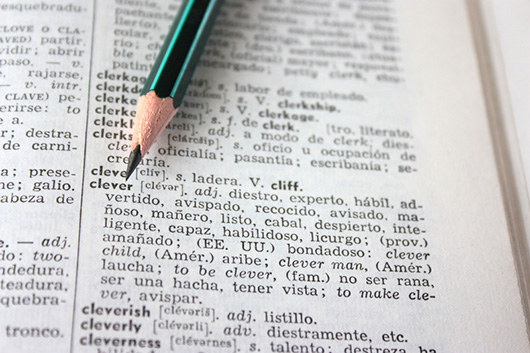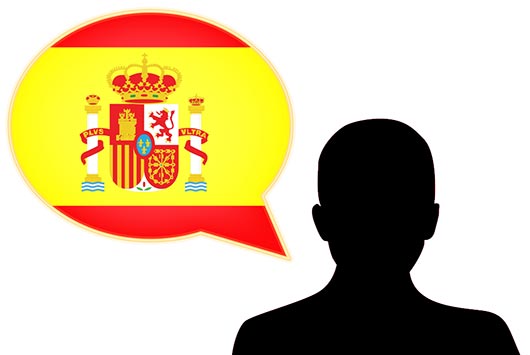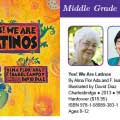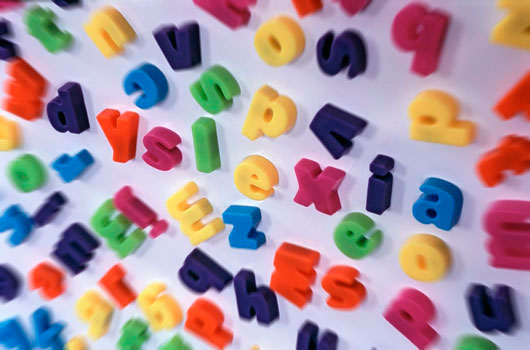
If you were raised in a bilingual home, you probably already realize the advantages of knowing more than one language.Learning a second language at a young age makes it easier to learn new words, increases brain flexibility, and is correlated with higher achievement in school. It also can create a more lasting connection to one’s native culture.
In recent months, a spate of new studies has bolstered the belief that bilingualism has lasting benefits—and school districts across the country are taking note.
An increasing number of schools now offer “heritage language” classes, which help students solidify their knowledge of their home tongue. The Highline School District in Seattle has also started a pilot High School Translation and Interpretation program, designed to illustrate career options that come with bilingualism.
The new push to preserve bilingualism represents a shift from the past, when immigrant students were often discouraged from maintaining their native language.
“In the old days, we tried to melt everyone into the English pot,” said Mary Abbott, director of education for the American Council on the Teaching of Foreign Languages. “Now, we encourage students to preserve and develop their heritage language. Schools realize that the languages students bring with them are very important and have added benefits.”
Numerous studies support that philosophy.
In a study of bilingual infants, University of British Columbia psychologist Janet Werker found that babies raised in households where Spanish and Catalan are spoken can distinguish between other languages just by watching people speak. Her findings are further proof that exposure to two native languages increases sensitivity to language.
Another study showed that bilingual children use their brains more effectively and are better at multitasking than monolingual children. Those skills may help delay the onset of Alzheimer’s disease found researcher Ellen Bialystok, a psychologist at York University in Toronto.
Bialystock’s research found that bilingual adults showed symptoms of Alzheimer’s five to six years later than people who spoke only one language.
In addition, knowing more than one language can help position young people for careers in an increasingly global economy, said Abbott. “They are equipping themselves to be extremely marketable in a global environment.”
The American Council for the Teaching of Foreign Languages recognized that advantage in a 2010 position statement supporting heritage speaker classes.
“It is critical that these students be able to continue to develop their heritage linguistic and cultural skills in order to become fully bilingual and biliterate in today’s global environment,” the statement reads. “By doing so, they will be well-positioned to live and work in an increasingly multilingual environment in the U.S.”
Heritage speakers are defined as people raised in an environment where the main language of their household was a language other than English. They may have verbal fluency, but only basic reading and writing skills in that language, said Abbott.
In heritage speaker classes, the curriculum must be challenging enough to build on existing skills and students’ background knowledge, and often incorporate literature, history and cultural identity.
The Highline School District’s translation program is another example of the growing recognition of the benefits of bilingualism.
The “Speak Your Languages” program trains bilingual high school students in professional interpreting and translating.
“These young people have an amazing ability to switch back and forth between English and their heritage language, and many of them routinely interpret for their parents and friends,” noted a school district description of the program.
Last year, the Highline district received a grant to make the curriculum available to other districts interested in developing a similar program.
“Languages are an asset,” said Abbott, who pointed out that 19 states allow students to receive foreign language credit by demonstrating fluency in their heritage language. “It’s important for bilingual parents to help their child see the benefits of learning and maintaining two languages.”
[Mamiverse’s Bilingual Plus is an online channel devoted to bringing parents and educators the bilingual learning tools they need in the form of digital picture books, sing-alongs, and free curriculum-based family activities.]












